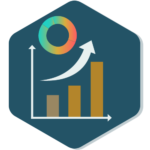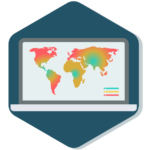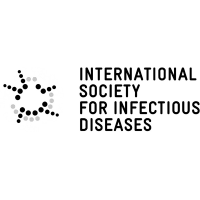MOnitoring Outbreaks for Disease surveillance in a data science context
Innovative and collaborative tools and services for early detection, assessment, and monitoring of current and potential infectious disease threats in Europe and beyond

This work has received funding from the European Union's Horizon 2020 research and innovation programme under Grant Agreement MOOD N° 874850.
The project
With climate change, animal and human mobility, growing populations and urbanization, there is now an increased risk of the emergence and accelerated the global spread of new pathogens. It is crucial that the emergence of a pathogen can be rapidly detected and assessed for the risk it poses to public health through all all the available sources of data.
With the funds provided by the European Union’s Horizon 2020 ‘Research and innovation programme ( grant agreement No 874850), the MOnitoring Outbreaks for Disease surveillance in a data science context (MOOD) project aims at taking advantage of data mining, analysis and visualization of health, environmental and other data to enhance the utility of event-based surveillance (EBS). Ultimately, MOOD is supporting the work of European and global public and veterinary health agencies and surveillance practitioners by providing existing monitoring platforms with novel features, and methodological and practical support adapted to their needs.
The MOnitoring Outbreaks for Disease surveillance in a data science context (MOOD) project aims to develop innovative tools and services in close collaboration with those working in the early detection, assessment, and monitoring of current and potential infectious disease threats in Europe and beyond. This will involve feedback sessions and demos of the tools under development.
The platform
An epidemic intelligence toolbox to monitor disease outbreaks for disease surveillance
Module 1: Covariates
Various factors contribute to the emergence of infectious diseases and antomicrobial reistance, altering disease spread globally. These factors enhance human-to-human transmission and epidemic potential, including vector-borne pathogens. The MOOD platform gathers and standardizes covarite data for medling disease distrubutions effectively.
Module 2: Disease Data
The platform integrates an event-based surveillance (EBS) database (generated by the PADI-Web tool) that examines reports, stories, and news about health events that could pose a serious health risk. It also integrates Epid Data Explorer, an epidemiological data visualization platform that aims to better understand the spatial and temporal evolution of epidemics.
Module 3: Models and risk maps
The integration of environmental, climatic, socioeconomic and demographic information, uncluding human and animal mobility data, with the disease inputs can enhance the predictions of spatio-temporal, dynamic distributions that drive risk amd spread assesment, and also decode the role of the environment, in infectious disease emergence.
Case Studies
The MOOD case studies establish a close collaborative space where MOOD researchers and end-users discuss together the development of Epidemic Intelligence (EI) tools for a routine use. The disease-specific module (3) provides users with risk maps and other modelled outputs, aiming at highlighting areas suitable for the occurrence of (mainly) HPAI, WNV and TBE in animals and humans, to support improved disease detection, monitoring and surveillance.






































